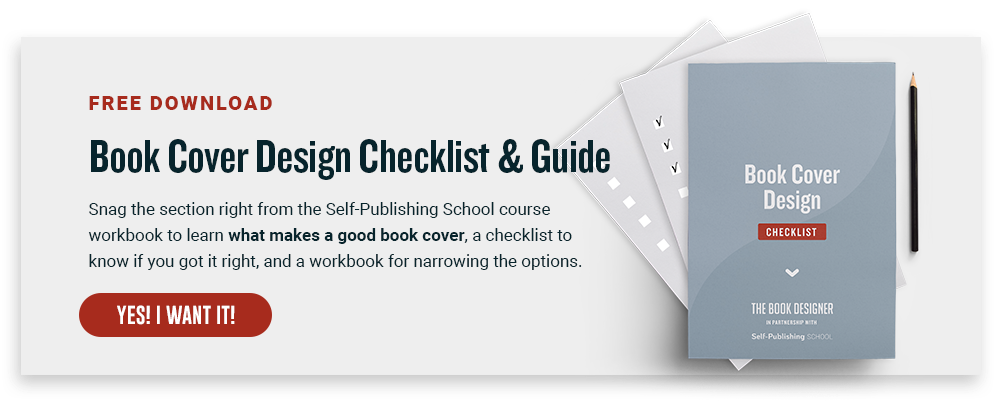In this previous article, we gave a breakdown of the different book sizes (or trim sizes) available and recommendations for which one to use for your book. Below we’ll recap what was previously shared about standard book sizes, along with popular POD and offset printer options and an infographic as a visual reminder.
Whether you are self-publishing or going the traditional route, understanding standard book sizes and genre expectations is an integral part of the publishing process. In this article we’ll look at standard book sizes and consider the following:
Here’s what you need to know about standard book sizes:
Categories of Standard Book Sizes
Pocket Book: 4.25 x 6.87”
Digest: 5.5 x 8.5”
US Trade: 6 x 9”
Comic Book: 6.625 x 10.25
Landscape: 9 x 7”
Square: 8.5 x 8.5”
Portrait: 8 x 10”
US Letter: 8.5 x 11”
US Letter Landscape: 11 x 8.5”
Sizes can be further broken down into audience type and genre. Here are some of the most popular sizes.
- Hardbacks
- 5.5 x 8.5”
- 6 x 9”
- 9 x 7”
- 8.5 x 8.5”
- 8 x 10”
- 8.5 x 11”
- 11 x 8.5”
- Trade paperbacks
- Fiction:
- 5 x 8”
- 5.25 x 8”
- 5.5 x 8.5”
- 6 x 9”
- Non-fiction:
- 5.5 x 8.5”
- 6 x 9”
- 7 x 10″
- Fiction:
- Mass Market paperbacks (also called pocket books are more common for fiction but can be used for nonfiction. They are smaller in size and mass-produced for larger audiences. The smaller dimensions, cheaper paper, and smaller print allow them to be produced cheaper than trade paperbacks. You’ll often see them in grocery stores, airports, and other outlets where there’s a lot of foot traffic.)
- Fiction: 4.25 x 6.87”
- Nonfiction: 4.25 x 6.87”
- Novella: 5 x 8”
- Children’s: 7.5 x 7.5, 7 x 10, 10 x 8”
- Textbooks: 6 x 9, 7 x 10, 8.5 x 11”
- Memoir: 5.25 x 8, 5.5 x 8.5”
- Photography: Varies
Which printer should I choose?
The book size you select may impact the printer you choose. Most printers (POD and Offset) carry the standard sizes (digest, US trade, and US letter), but the sizes offered within those parameters or outside of them may vary, so check the printer websites for “trim sizes” available before you select your printer.
For your convenience, here’s a list of popular printers with a link to their trim size pages:
Ultimately, you want to select the printer that will do the best job, so reputation is a big consideration. If possible, select your printer before you have your book typeset (formatted) for print. If your selected printer doesn’t have the size you need, you may have to go back and have your book reformatted which is a waste of time and money.
What should I consider before selecting a trim size?
Cost: If you’re trying to cut costs, selecting a larger trim size means fewer pages to print which can save you money in the long run.
Audience expectation: In general, audiences are flexible if you do not veer too far off the path of what they have become accustomed to seeing; however, giving them what they want at first glance, is better than hoping they’ll pick your book up because it is not what they expect. As authors, standing out in a crowded market is important, but knowing when, where, and how to do it, requires weighing the risks carefully.
Word count: A printed 5 x 8” book of 65K words looks substantially different when increased to 150K words. This can impact design—how words are placed on the spine, proportions, and other details. And with the spine facing outward on the shelf next to other books, deciding which size will work best for you can boil down to aesthetics. Take a look at a bookshelf with a wide variety of books in different sizes. Which ones stand out the most, and why? Studying what others have done will give you a better idea of what may or may not work for you.
Standard Book Sizes Infographic
The infographic below will give you a quick look at the standard book sizes common in the publishing industry.

Takeaway
Ultimately, there’s some built-in wiggle room within the standard book sizes, so you have some leeway. Should you decide to jump outside of that box and go against the grain, at least you’ll have the confidence of knowing that you made an informed decision.




